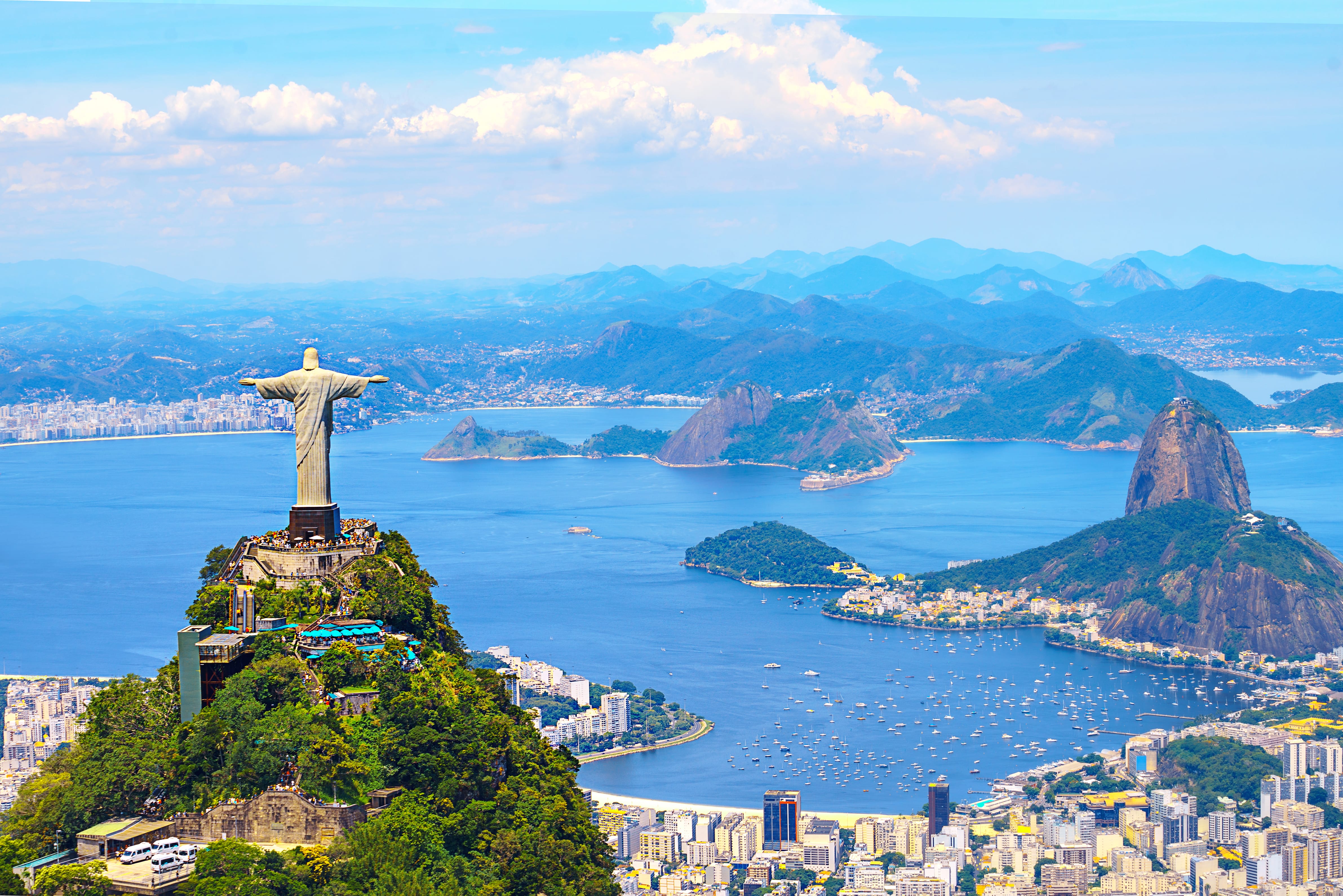Exploring the World: Brazil
Where is Brazil?
Brazil is the largest country in Southern and Latin America, it is so big it has four time zones! Their capital city is called Brasilia, however it’s their breath-taking city Rio de Janeiro which is the main attraction for many visiting Brazil.
What Language is Spoken?
Brazil was once a colony of Portugal, so Portuguese is their official language. In fact, it is the only Portuguese-speaking nation in South America. However, Brazilian Portuguese does differ slightly from European Portuguese. This is due to influences from African and Amerindian (the indigenous people of Brazil and the Americas) languages. Pronunciation, spelling, and grammar varies between the two and Brazilian Portuguese is actually the more widely recognised and learnt variation of the two. Also, it is estimated that around 180 indigenous languages are spoken in some of the remote parts of the country.

Food
Brazilian cuisine is influenced by its hugely multicultural population. Their national dish is called Feijoada which is a black bean and pork stew that is usually served with rice. It is typically eaten on the weekends with the family and is considered a comfort food in Brazil. Another well-known dish is Vatapá. This is a tasty Afro-Brazilian shrimp stew that also includes coconut milk, bread, ground peanuts, palm oil, and a mixture of herbs, which is mashed into a smooth paste. It originates from Bahia which is the centre of Afro-Brazilian culture.
Pão de queijo (cheese bread) is a popular snack from the southern region and is eaten primarily during breakfast or sold as street food. They also love coffee in Brazil! They are the largest producer of coffee beans, and they prefer to drink their coffee pure, so fancy coffee isn’t very popular.
Culture and Traditions
The unique thing about Brazil is it is extremely diverse ethnically and their culture represents this. For instance, many of the people of São Paulo have European roots which include Portugal, Italy, and Spain. There is also a growing Japanese community in São Paulo. Whilst Bahia is the hub of vibrant Afro-Brazilian culture.
Around 60% of the Amazon Rainforest is in Brazil, where almost 3 million Amerindians live and some of the most tropical and diverse wildlife and plants. The Amazon is extremely important for our world as it removes carbon dioxide out of the air and releases oxygen.
Rio de Janeiro is home to some of Brazil’s most iconic landmarks. For example, Christ the Redeemer a huge statue of Jesus which is one of the seven wonders of the world. Also, famous beaches such as Copacabana and Ipanema are frequently visited by both locals and tourists. The favelas are typically located around Rio de Janeiro where many working-class Brazilians live. However, they have a huge influence on Brazilian culture when it comes to music and art.
One of the major celebrations in Brazil is Carnival, especially Rio Carnival. It is an annual event to mark the beginning of Lent where people dress up in colourful costumes, dance to samba and enjoy parades and live music in the streets.
Football is incredibly popular in Brazil and Brazilians are very good at it! The Brazilian men’s football team is ranked as one of the best teams in the world. They also have some of the most influential and well-known football players such as Pelé, Ronaldo, and Neymar. Brazil has even won the World Cup a record five times!
Download and print out the blank Brazilian flag below for a fun colouring activity for your children!
Related blogs
Your Guide to the School-Based Nursery Capital Grant
What is the School-Based Nursery Capital Grant? For schools aiming to enhance their nursery facilities, the School-Based Nursery Capital Grant provides a simple funding solution. This grant is open to eligible state-funded primary schools in England that...
Top Tips for Play with Rhyme Time
Author: Alice Sharp Alice is nationally and internationally recognised as using a dynamic and innovative approach to children. She uses an experiential approach in her role as early childhood influencer, keynote speaker, mum and writer. She is waiting to uplift...
Top Tips for Play with Gems, Jewels and Sparkles!
Author: Alice Sharp Alice is nationally and internationally recognised as using a dynamic and innovative approach to children. She uses an experiential approach in her role as early childhood influencer, keynote speaker, mum and writer. She is waiting to uplift...



